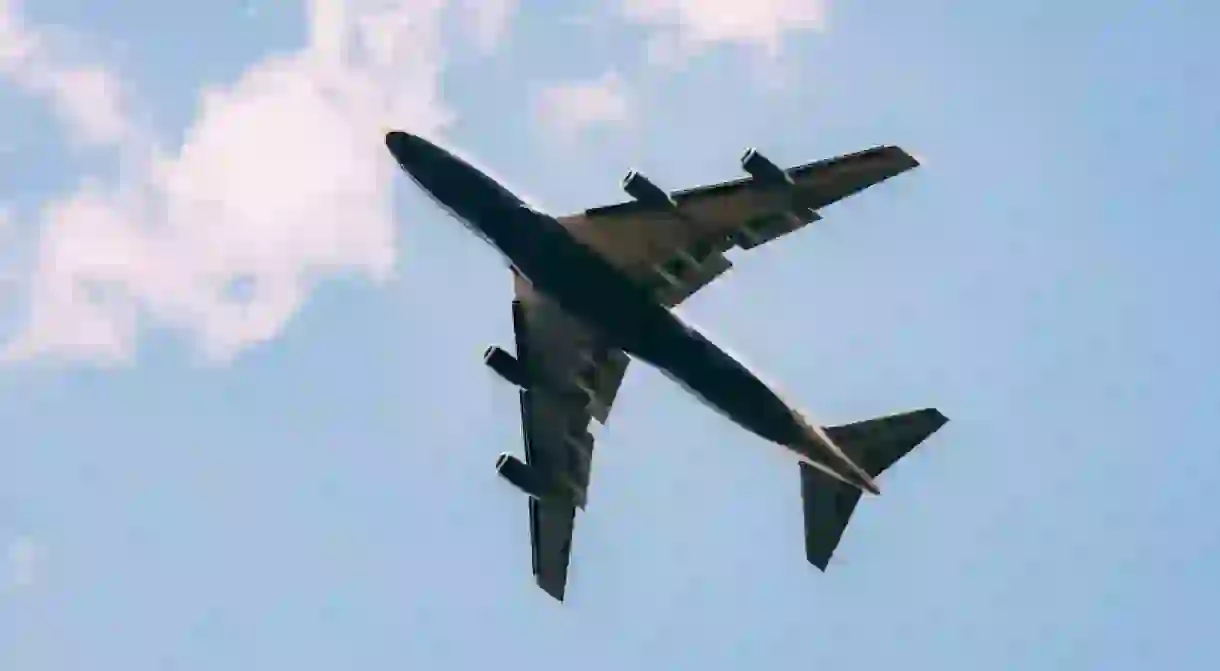Pilots and Cabin Crew Say These Are the Secret Signs of a Plane Emergency

Flying makes a lot of people nervous.
You’re strapped into a metal tube flying hundreds of miles in the air – trust us, we get it.
But if you knew what to look out for that indicated something was going wrong, you might feel safer.
Luckily, pilots and cabin crew know exactly what’s normal and what isn’t when it comes to flying. Some of them have revealed what you should look for that could indicate a problem.

A Dreamliner captain told MailOnline to look out for the head steward being summoned to the cockpit. He said: ‘Once airborne, it’s always worth listening out for “will the purser report to the flight deck immediately” on the PA – a sure-fire sign that there is a problem… or that the skipper needs another coffee!’
He also said: ‘It is also good to see the cabin crew take their cabin preparation seriously – no items left out that can roll/fly around in the event of a rejected takeoff – and that they conduct the safety demonstration properly. And on normal days I look for leaking fluids, open panels and such.’
A Quora thread also holds some insights into some subtle indications that something might have gone wrong.
Former pilot Tom Farrier said that passengers should watch out for odd smells, weird sounds and sudden changes of the angle of the sun to the plane.
He says: ‘Sounds are always useful, but a passenger cabin is often pretty isolated from any sounds that might be indicative of a problem.

‘Smells on the other hand travel around quite freely, and some (e.g fuel, hydraulic fluid, superheated bleed air) are pretty distinctive.
‘An unexpected, significant shift in the angle of the sun can be your first sign that a course change is being made.
‘Lots of chiming summoning the flight attendants to the intercom is another cue worth noting.’
One useful tip is to find the emergency exit as soon as you board the plane, and count how many rows your seat is away from it.
John Chesire, a retired US Airlines pilot, said: ‘I count the number of seats between me and that exit. It only takes a quick glance.
‘I do this so if ever necessary, I can in the dark, or under water, or if there is smoke, or if upside down, I know beforehand where the exit is, and I can blindly count the number of seats by touch to reach that emergency exit row, because I have counted them. It’s quick and easy to do, every time.’
Another pilot, Michael Cohn, says he listens for the engine noise during take-off.
He said: ‘As a pilot of very small planes, I don’t really know a lot about the tasks involved in operating the big ones.
‘But I do pay attention to the sound of the engines on take-off (a failed engine at this point is not a good thing), the cabin pressure changes that tell me about changes in altitude and the smells.’
For advance warning that turbulence is expected on landing, watch how the cabin crew prepare for descent.
Brent Beacham, a former cabin crew member, wrote: ‘As cabin crew for a major American airline that shall remain nameless we can prepare for landing before the captain advises.
‘An alert seasoned cabin crew flying into LAS (Las Vegas) in the summer, for example, will know to expect a bumpy ride, from hot air rising off the ground, on approach.
‘A pilot might or might not take this into consideration and might give a lower altitude prep time in the middle of the bumps. Again, a seasoned crew will know to wrap things up approximately 20 minutes out before the bumps start.
‘So as a passenger if I saw the cabin crew preparing the cabin early and hear the landing announcement I would know to expect turbulence.’
So in the future, you might not be as nervous to fly. Now you know exactly what to look for if something goes wrong.













